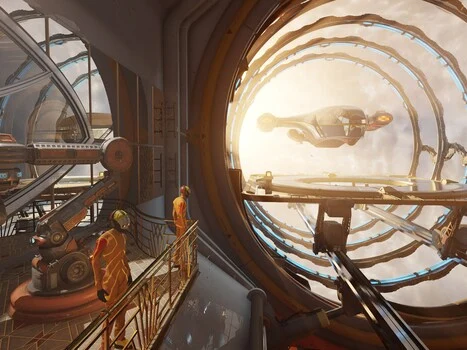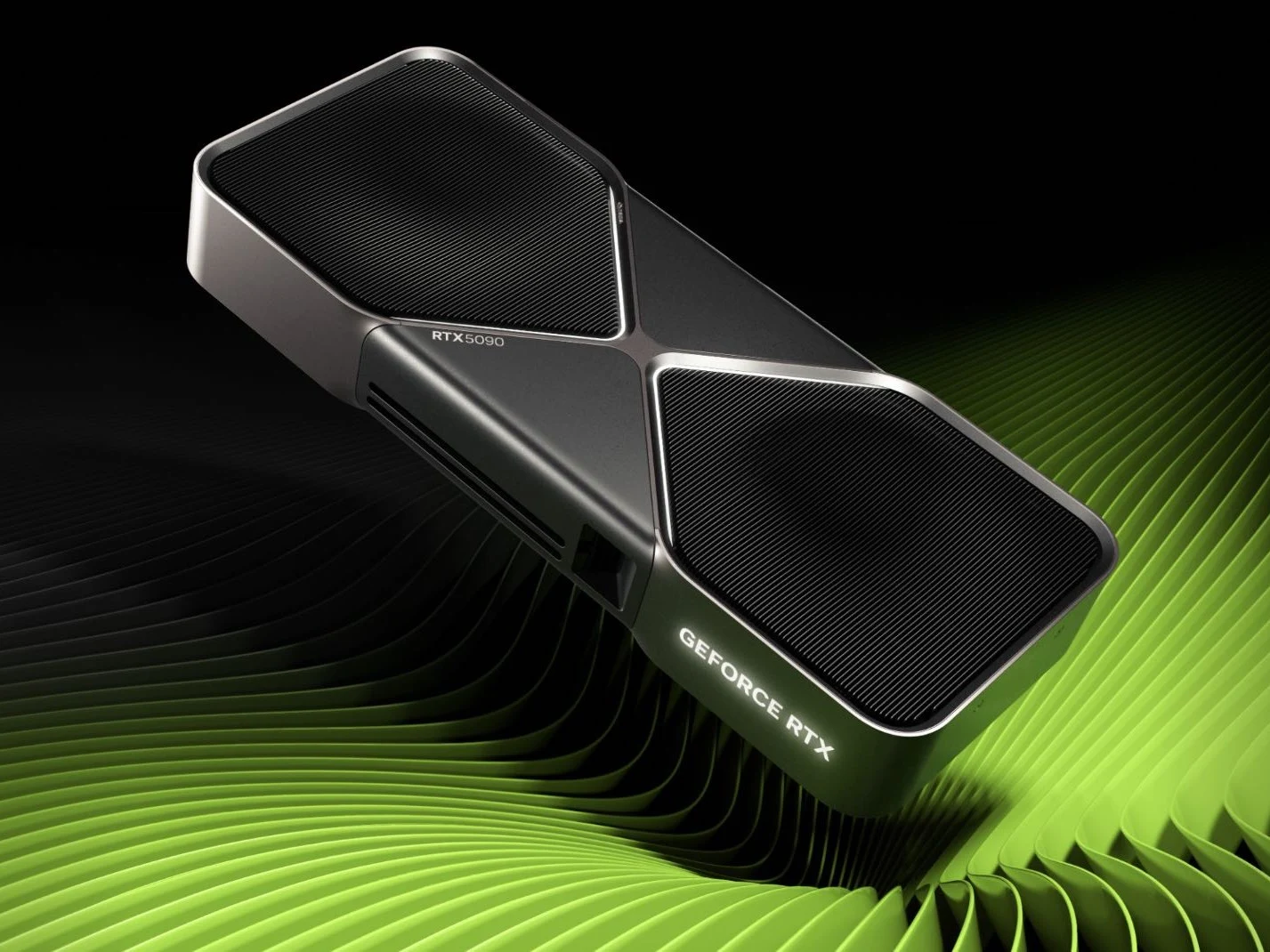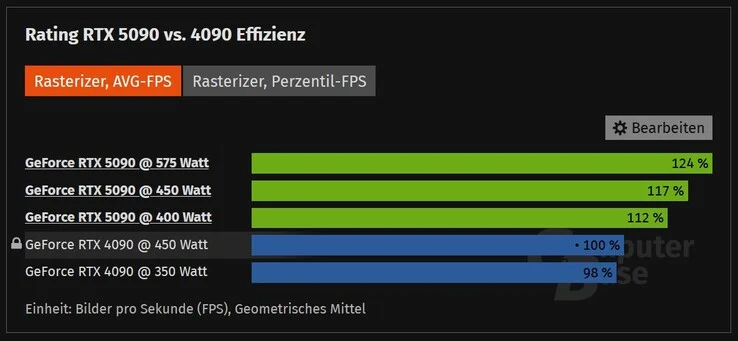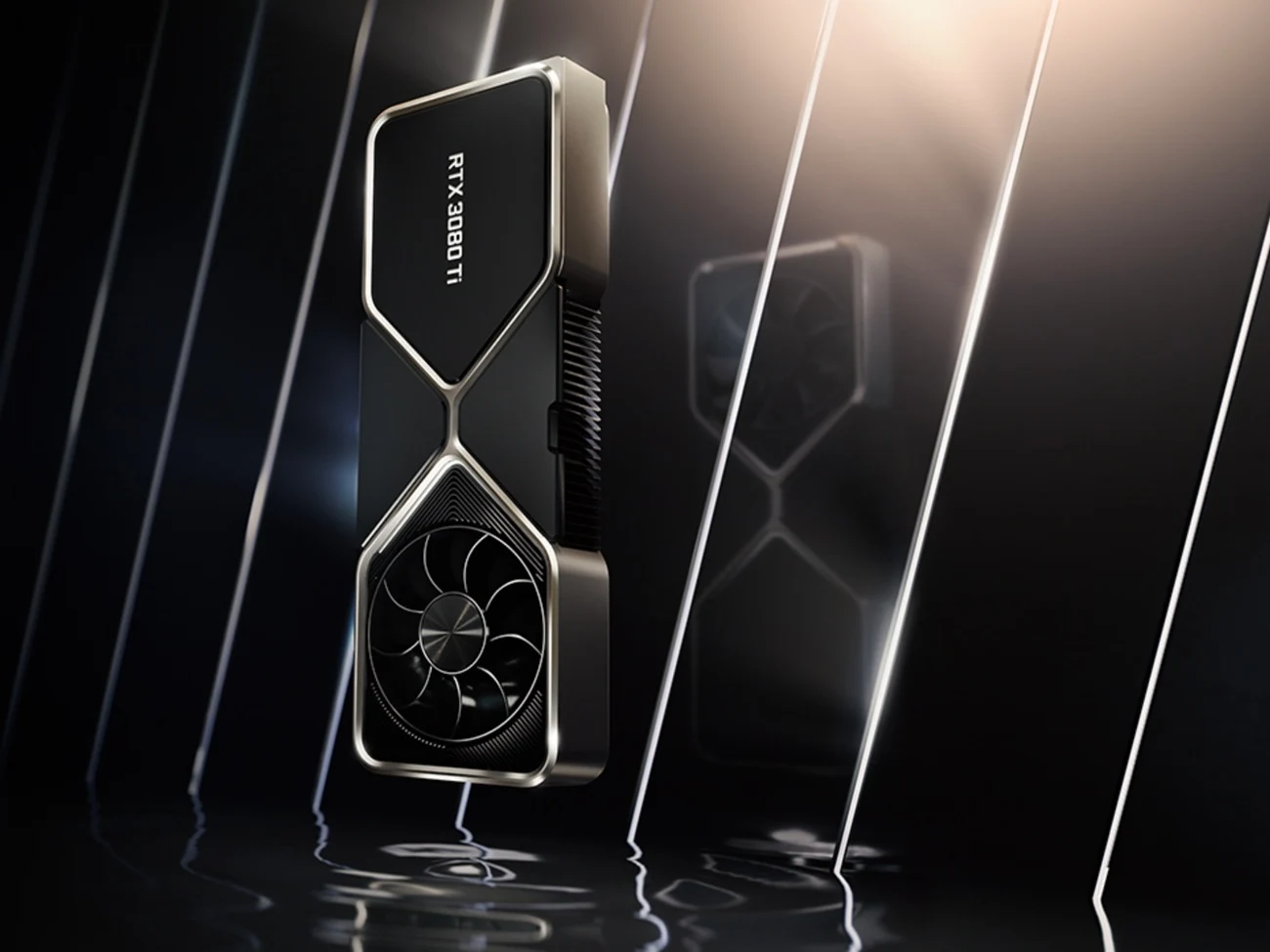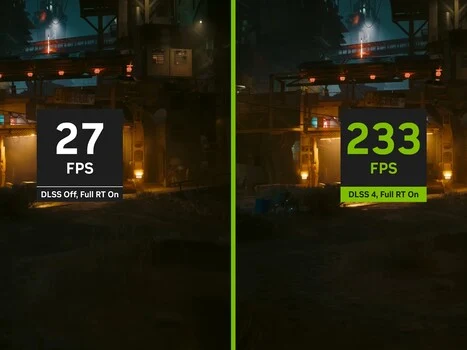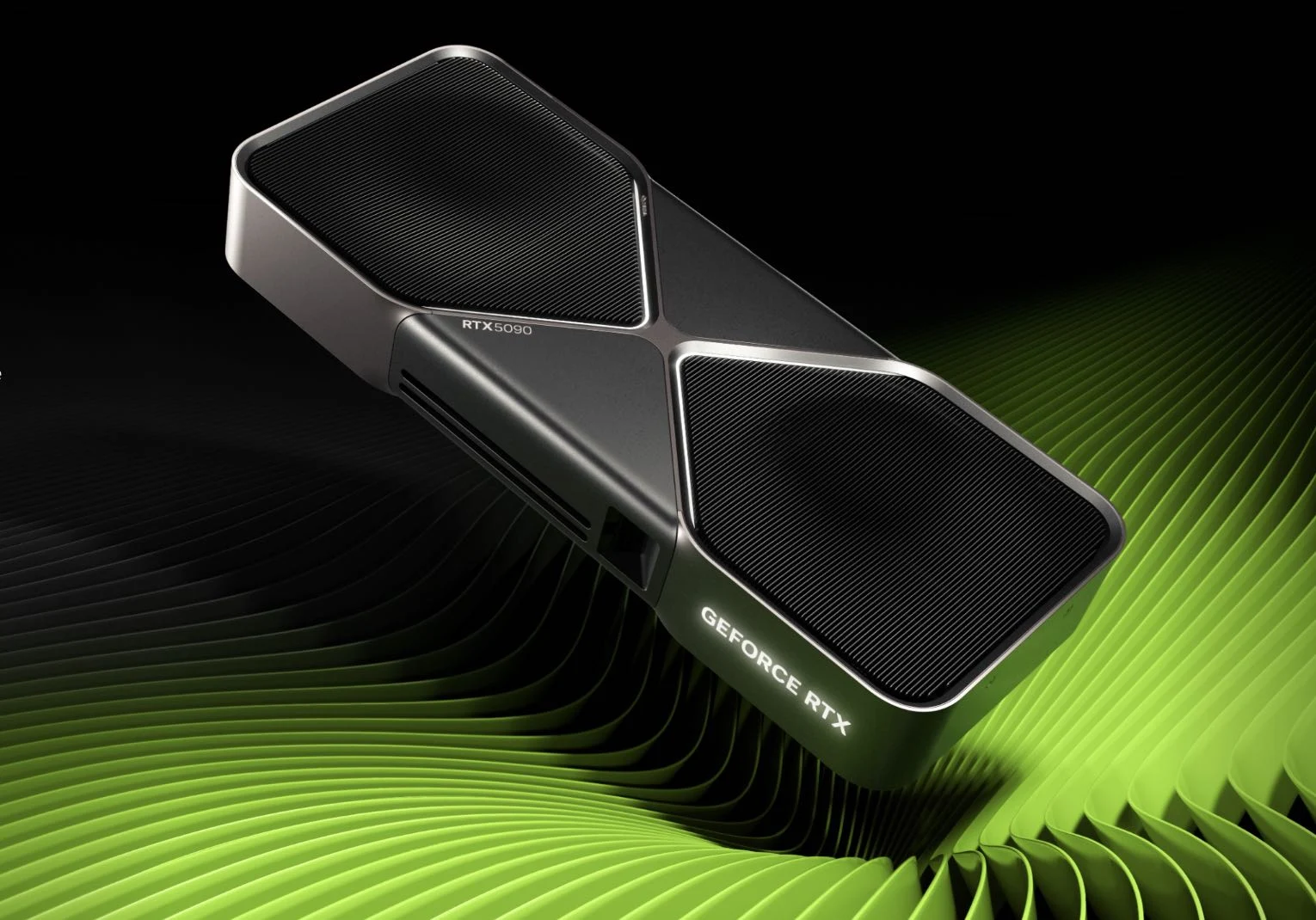Most people looking to buy a Nvidia RTX 5080 or RTX 5090 are having a tough time finding them available. For those who are lucky enough to get their hands on one of these graphics cards, 3DMark is here to help you see if the struggle was worth it. UL Benchmarks has recently shared that its well-known GPU testing tool now includes support for Nvidia DLSS 4. This new multi-frame generation feature is exclusive to the RTX 50 series, but it also offers advantages for older Nvidia graphics cards.
Evaluating Gaming Performance
3DMark is frequently used by gamers to assess their gaming setups and compare their scores with others who have similar hardware. UL Benchmarks collaborated closely with Nvidia to create a fresh version of the Port Royal test. The benchmark runs through two passes: first, it tests without any DLSS features. Next, it turns on DLSS, which allows for graphics to be processed at lower resolutions, then uses AI technology to enhance them to higher resolutions. After the test, a comprehensive report is generated, detailing the results, including framerates.
Benefits of DLSS 4
The main reason for the expected performance improvements in the RTX 50 series is DLSS 4’s multi-frame generation. However, if games do not support Nvidia’s technology, those with RTX 5080 and RTX 5090 cards might find that the upgrade isn’t as significant as they hoped. Nevertheless, many of the advanced DLSS 4 functions are compatible with the RTX 30 and RTX 40 series, featuring enhancements like Ray Reconstruction for better Ray Tracing and Super Resolution options. With the revamped 3DMark Port Royal test, gamers have the choice to enable DLSS 4, DLSS 3, or DLSS 2 based on their GPU.
Exploring DLSS 4’s Full Potential
To explore DLSS 4’s capabilities, users of 3DMark can switch between different frame generation settings such as 2x, 3x, and 4x. This GPU benchmarking tool is designed to be future-ready, supporting resolutions from Full HD all the way up to 8K.
While gamers can access a free demo of 3DMark, the paid version is required to achieve more detailed benchmarks. If you bought the software on or after January 8th, 2019, you will be able to use the DLSS 4 update.
Source:
Link
